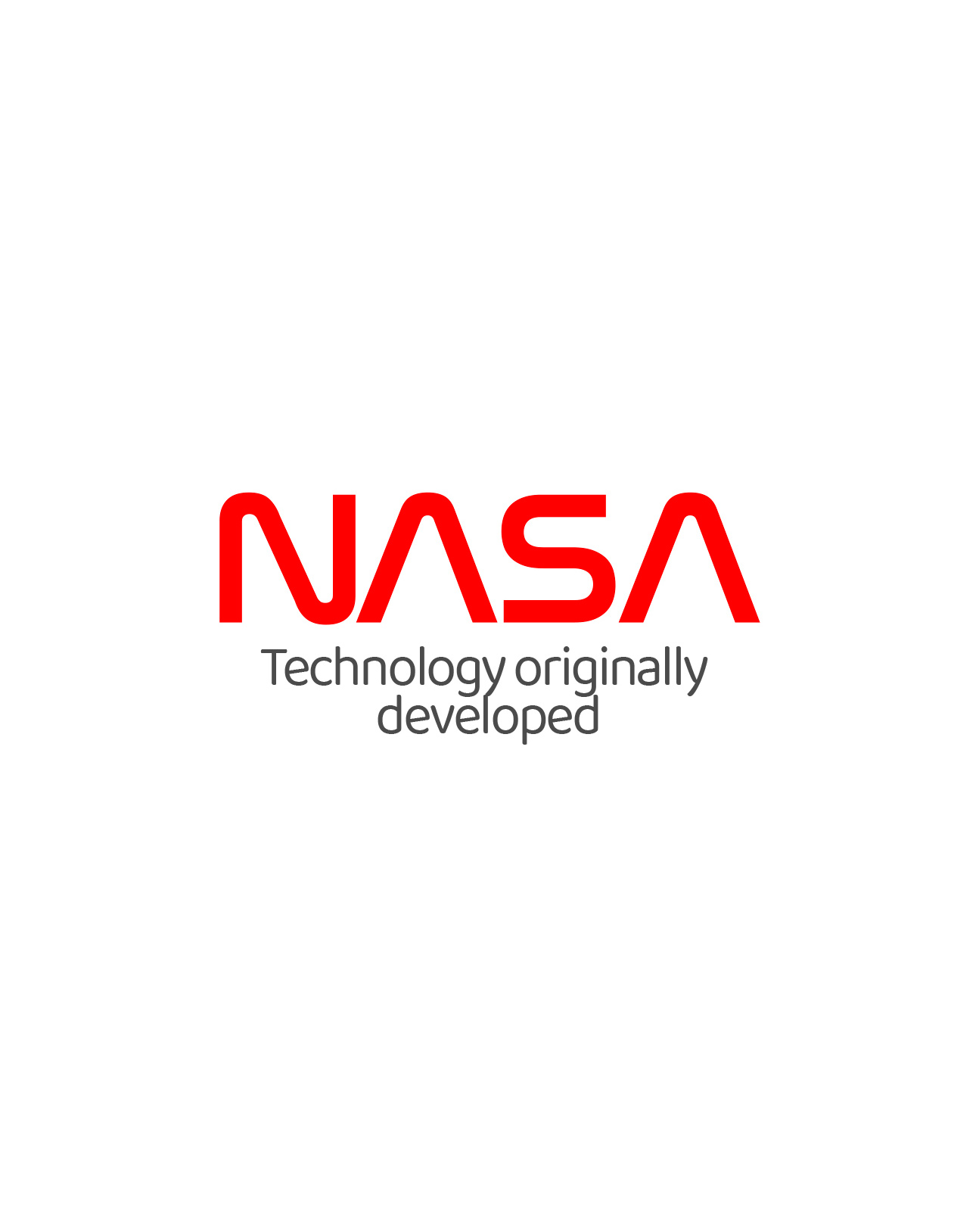Photocatalytic oxidation
The PCO (Photo Catalytic Oxidation) photocatalytic oxidation technology provides one of the most effective solutions for the problem of indoor air pollution by pathogenic microorganisms and Voc (Cov).
The photocatalytic process is produced by the action of a low-energy ultraviolet light on a catalyst in the presence of water vapor, which generates hydroxyl radicals that destroy viruses, bacteria, and VOCs in the air and on surfaces.
PCO photocatalytic technology has proven to be very effective in decontaminating air and surfaces in the removal of viruses, microorganisms, VOCs, bacteria and spores. This technology, when combined with a HEPA filter, becomes a complete answer to the problem of indoor air quality.


